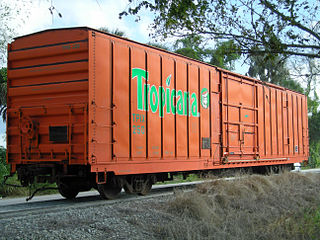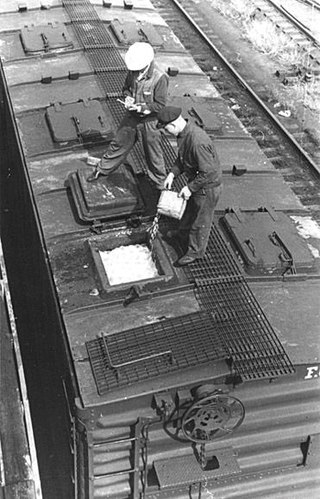Shipping: it’s an operation as old as civilization itself. It’s what’s needed to get raw materials and bulk and other items like food, delivered to consumers/customers.

So, new to California and debuting in the state’s San Joaquin Valley, as it happens, is an emissions-free TRU.
This technology came about due to a number of factors, one of those being collaboration among cooperating partners.
The San Joaquin Valley Air Pollution Control District in an Oct. 11, 2017 news release explains, “Together with eNow Inc., Great Dane-Johnson Refrigerated Truck Bodies, Emerson, and Challenge Dairy Products, Inc., the Valley Air District and EPA Region 9 officials celebrate the ongoing successful demonstration of California’s first zero-emissions transport refrigeration unit (TRU). TRUs are refrigeration units mounted on trucks and are traditionally powered by high-polluting small diesel engines to provide the needed cooling to transport chilled products. This project involves the development, testing, and demonstration of a zero-emissions solar and electric-powered TRU to replace conventional diesel-driven TRUs.”

Delivering the goods efficiently is key
Finding effective methods of delivering the goods – unspoiled – was the challenging part. In the freight railroading realm, for one, in the early days, either blocks of ice were or crushed ice was loaded in boxcars constructed expressly for the purpose of transporting perishable lading, special purpose conveyances that were in many cases insulated. This method sufficed not only for a time but for its time. Various other methods of cooling were employed as well. As soon as the transportation refrigeration unit entered the scene, such made all the difference in the world thus it proving its worth time and time again; it changed the game, in other words. The first diesel-powered refrigeration units were placed in revenue service on railroads in America in 1958.
“The prototype TRU is the first to market for commercial use and has been installed on a Challenge Dairy Class 7 truck for testing on actual urban delivery routes,” the air district explained. “Designed to transport medium temperature refrigeration applications, this new refrigeration system employs two forms of energy storage: eutectic medium (cold plates) and a unique lightweight high-capacity auxiliary battery system. The cold plates and auxiliary batteries are initially charged from utility power delivered to the vehicle when it is plugged in at its ‘home base’ overnight. When the truck is operated on a delivery route, additional electrical power is provided by roof-mounted solar photovoltaic (PV) panels. The auxiliary battery is designed to be charged exclusively by solar and utility power. The project partners hope to commercialize the technology for wide-spread use, including throughout the San Joaquin Valley.”
According to the air district in the release, in a side-by-side comparison with conventional diesel-fueled transportation refrigeration units, dramatic decreases in CO2 (carbon dioxide), NOx (nitrogen oxides) and PM (particulate matter) pollutants occurred, though no hard numbers were provided. And, the expectation is that both maintenance and operating costs for the unit will be reduced by 90 percent.
As a result of the testing, if all goes favorably, emissions-free transportation refrigeration units could soon see industrial commercial application.
TRU testing was part of what is referred to by the air district as the Technology Advancement Program or TAP. Here is what the air district in the press statement had to say on this:
“The Technology Advancement Program (TAP) is the Valley Air District’s strategic approach to encouraging innovation and development of new emission reduction technologies. The TAP consists of an ongoing review of new technology concepts, interagency partnerships, funding for technology advancement programs, and collaborations to build and expand local capacity for research and development in the San Joaquin Valley. TAP supports technology development in critical areas which will assist the San Joaquin Valley in meeting stringent air quality goals.”
For more information, see: “Valley Air District Helps Fund Development and Demonstration of Zero-Emissions Transport Refrigeration Unit: Air officials gather to showcase cutting-edge technology” news release here.
Note: The San Joaquin Valley Air Pollution Control District’s “Valley Air District Helps Fund Development and Demonstration of Zero-Emissions Transport Refrigeration Unit” news release was originally reported here as having an Oct. 10, 2017 date of release. This post has been revised to now include the correct date.
Upper image above: Harvey Henkelmann
Published by Alan Kandel